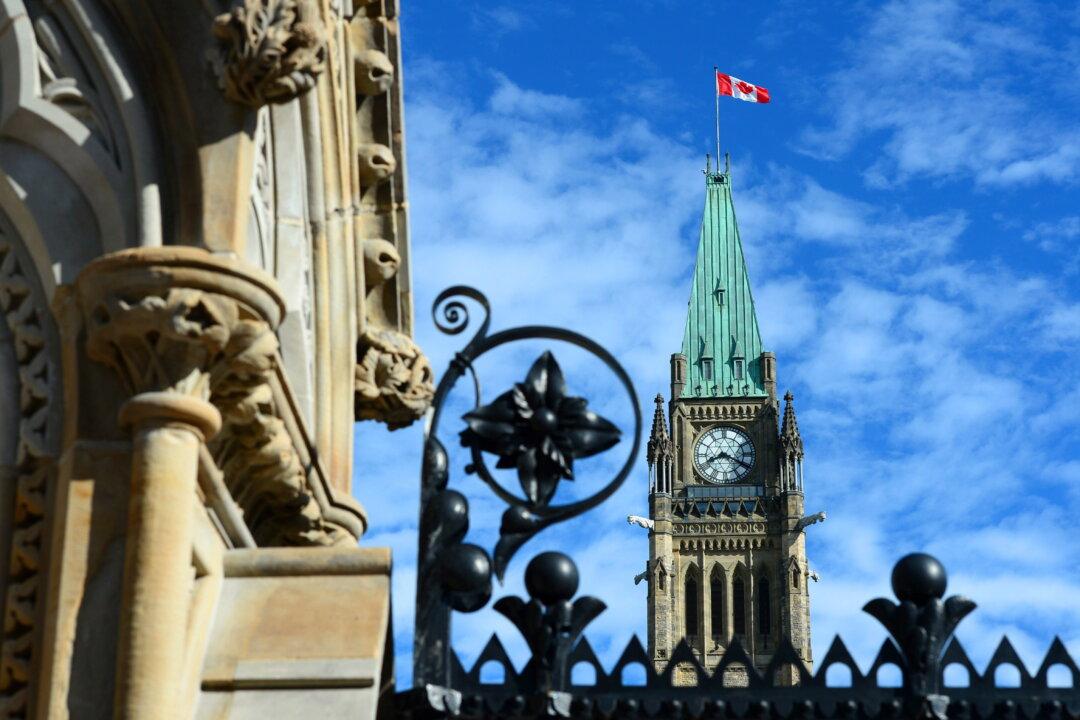Commentary
What is the difference between the treaties that indigenous people signed and the Calls to Action in the Truth and Reconciliation Commission (TRC) Report?

What is the difference between the treaties that indigenous people signed and the Calls to Action in the Truth and Reconciliation Commission (TRC) Report?